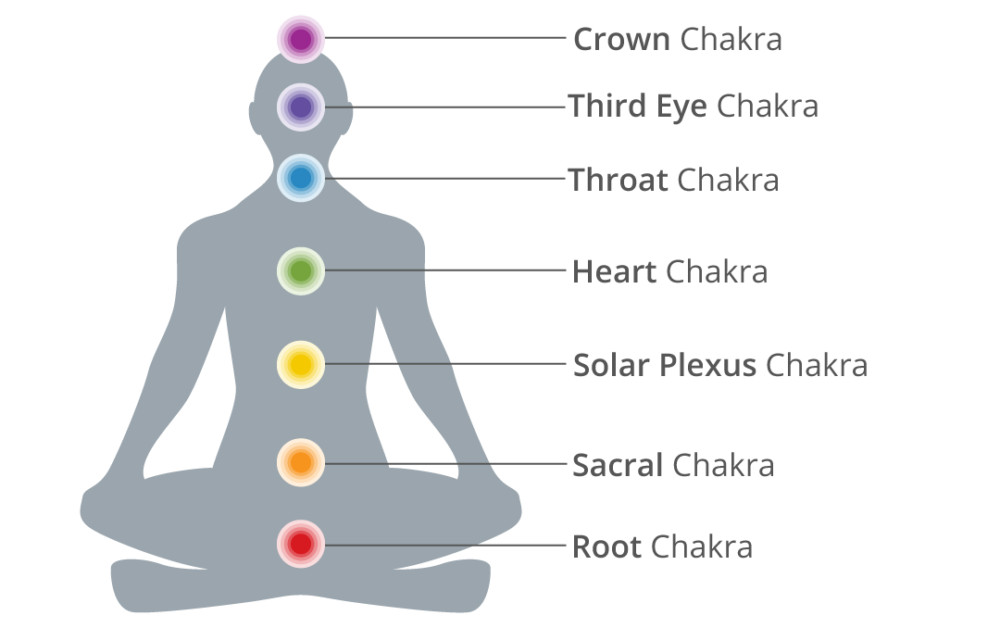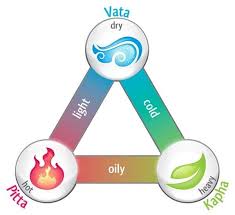
Latest Blog Articles

AYURVEDA THE MODERN SCIENCE
In ancient cultures, knowledge of traditional medicine, such as Ayurveda, was passed down for generations either through oral tradition or written texts. Ayurveda studies the human body in its entirety and recommends natural herbs as medicine for a specific ailment. Ayurvedic medicine has been practiced in India for over 5000 years. Ancient texts that describe this medicine date back to 1500 BCE1. Besides its historical use, traditional medicine is still practiced to this day in some parts of the world, and in recent years has made its way into the doctor’s office. Even though there is skepticism about the use of traditional medicine, it isn’t uncommon for doctors to practice or combine western medicine with Naturopathy, Complementary and Alternative medicine, Holistic medicine, or other types of traditional medicines. Over the years, scientists have been curious to understand the mechanistics behind Ayurveda and how these herbs interact with the body and exhibit a particular effect. But what if, there was some validity for the science behind this ancient knowledge? What if we can unravel the mysteries behind why and how traditional medicine works? With the technology at hand today, we may be closer than we think… In recent years, scientists have studied herbs like Turmeric and Ashwagandharishta for their medicinal properties suggested in the ancient texts. Ashwagandharishta is primarily known for applications in neurological disorders such as depression, epilepsy, and anxiety2 To this day, we try to understand the complexities of chemical compounds found in herbs, how they interact with our bodies, and how we, in turn, are genetically predisposed to react to them. What makes us different from one another is our genetics and just as we’ve come to understand that not all western medicine is created equal, we enter the realm of precision or personalized medicine. Interestingly, Ayurveda with its knowledge about herbs and Prakriti may have some valid science backing it up. What’s amazing is that we’ve had this knowledge all along, and now we are just starting to align modern science with ancient traditional medicine.

SAPTDHAATU OF HUMAN BODY
Saptadhatus are the seven tissues that make up the human body, according to Ayurveda. Each of these tissues has a specific function and is essential for maintaining optimal health. The seven saptadhatus are: Rasa – This is the plasma or the fluid part of the blood that carries nutrients to all parts of the body. Rakta – This is the blood and is responsible for carrying oxygen and nutrients to the tissues and organs of the body. Mamsa – This is the muscle tissue and is responsible for movement and strength. Meda – This is the fat tissue and is responsible for insulation and energy storage. Asthi – This is the bone tissue and is responsible for supporting the body. Majja – This is the bone marrow and is responsible for producing blood cells and maintaining immunity. Shukra – This is the reproductive tissue and is responsible for fertility and sexual health. In Ayurveda, it is believed that the health of the saptadhatus is essential for overall health and well-being. An imbalance in any of these tissues can lead to health problems and disease. Ayurvedic treatments focus on restoring balance to the saptadhatus through natural remedies, lifestyle changes, and dietary modifications.
.jpeg)
AYURVEDA IN LONG RUN
One of the core principles of Ayurveda is the use of natural substances, such as herbs, spices, and minerals, to treat and prevent illness. Ayurvedic products are believed to have a wide range of beneficial effects on various aspects of health, including: Digestive health: Many ayurvedic products, such as triphala and amalaki, are believed to have a positive impact on digestive health. These herbs are believed to promote healthy digestion, reduce bloating and gas, and improve bowel movements. Stress and anxiety: Ashwagandha, bacopa, and Shankhapushpi are some of the popular ayurvedic herbs that are used to treat stress and anxiety. These herbs are believed to help regulate the levels of cortisol, a stress hormone, and promote a sense of calm and relaxation. Immune function: Certain ayurvedic herbs, such as Tulsi, echinacea, and licorice root, are believed to boost the immune system and help the body fight off infections and diseases. Energy levels: Ayurvedic products, such as ashwagandha and shilajit, are believed to help increase energy levels and reduce fatigue. Cardiovascular health: Ayurvedic products, such as arjuna, guggulu, and guggulu, are believed to help maintain healthy blood pressure levels, reduce cholesterol levels, and improve circulation. It is important to note that not all ayurvedic products are safe and effective, and some can even have negative side effects. It is crucial to consult a healthcare professional before using ayurvedic products, especially if you have any pre-existing medical conditions or are taking any medications.. By combining the principles of Ayurveda with a healthy lifestyle, including a balanced diet and regular exercise, individuals can potentially improve their health in the long run.

AYURVEDA
The most important goal of Ayurveda is to promote and maintain health. According to ayurvedic knowledge, we can achieve this by aligning our daily lives with the cycles of nature and use the natural rhythm of time. Thousands of years ago, ayurvedic scholars determined in their writings what constitutes a healthy daily routine (dinacharya) and why it is so important for our well-being.We hope this blog will give you the support you need to live a stress-free ayurvedic daily routine, without much effort, in order to feel well all around. Ayurveda for joy, happiness and good health. We suggest you don’t try to change too many things at once. Try to take it one step at a time. Start with one of our tips that you feel will be easy to implement in your life. After some time, you can add the second step, then the third, etc.

THE SEVEN CHAKRAS
Overview of the Seven Chakras 1.Root Chakra (Muladhara): Stability and survival. Governed by earth energy. 2.Sacral Chakra (Swadhisthana): Creativity and emotions. Associated with water. 3.Solar Plexus Chakra (Manipura): Confidence and willpower. Linked to fire. 4.Heart Chakra (Anahata): Love and compassion. Influenced by air. 5.Throat Chakra (Vishuddha): Communication and truth. Related to ether. 6.Third Eye Chakra (Ajna): Intuition and insight. Dominated by light. 7.Crown Chakra (Sahasrara): Spiritual connection. Represents cosmic energy.

TRIDOSHA IN AYURVEDA
Vata dosha The word vata means to blow or move like the wind. Vata derives from the elements of Space and Air and translates as “wind” or “that which moves things.” It is the energy of movement and the force governing all biological activity. Vata is often called the “King of the Doshas,” since it governs the body’s greater life force and gives motion to Pitta and Kapha. Pitta dosha Pitta derives from the elements of Fire and Water. The Pitta dosha is associated with fire or heat. It is mainly associated with transformation in the body. It is the energy of digestion and metabolism in the body that functions through carrier substances such as organic acids, hormones, enzymes, and bile. Pitta is most closely related to the element of Fire Kapha dosha Kapha derives from the elements of Earth and Water. Kapha is the heaviest of the three doshas. It provides the structures and the lubrication that the body needs. These qualities help to counterbalance Vata's movement and Pitta's metabolism.